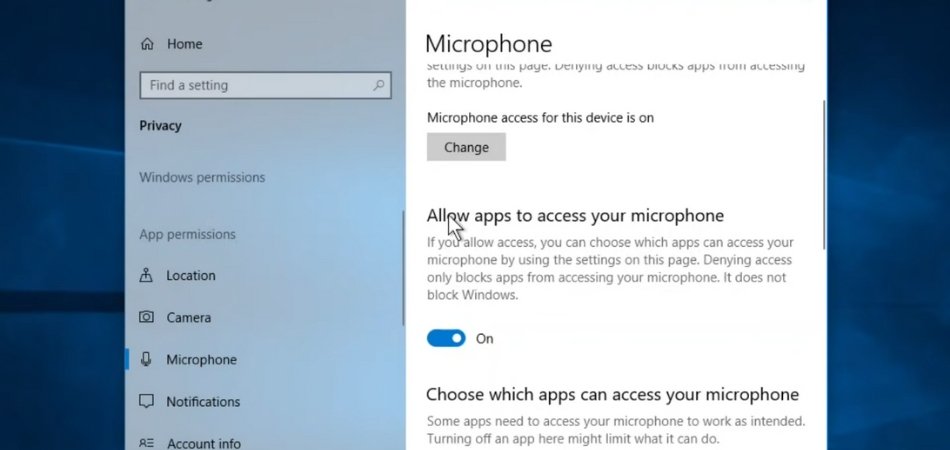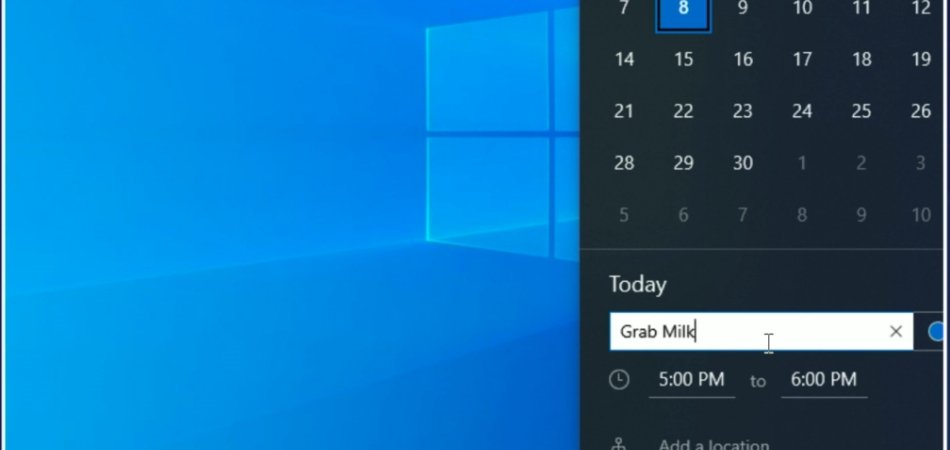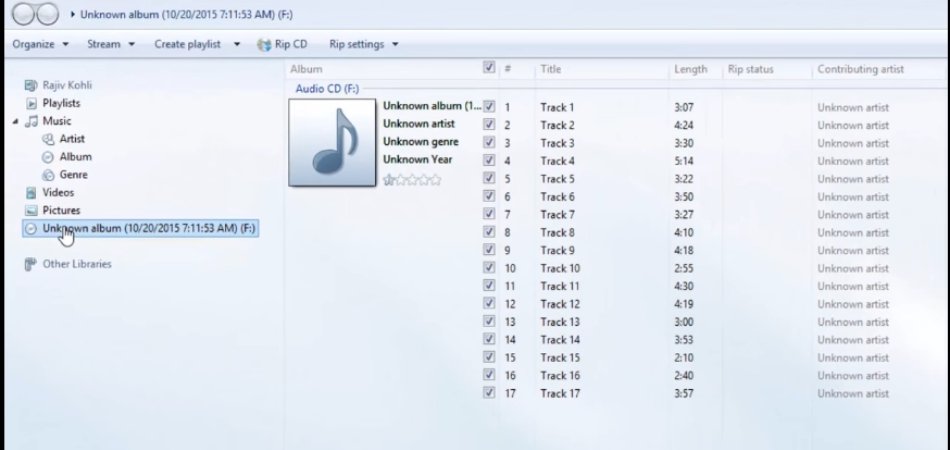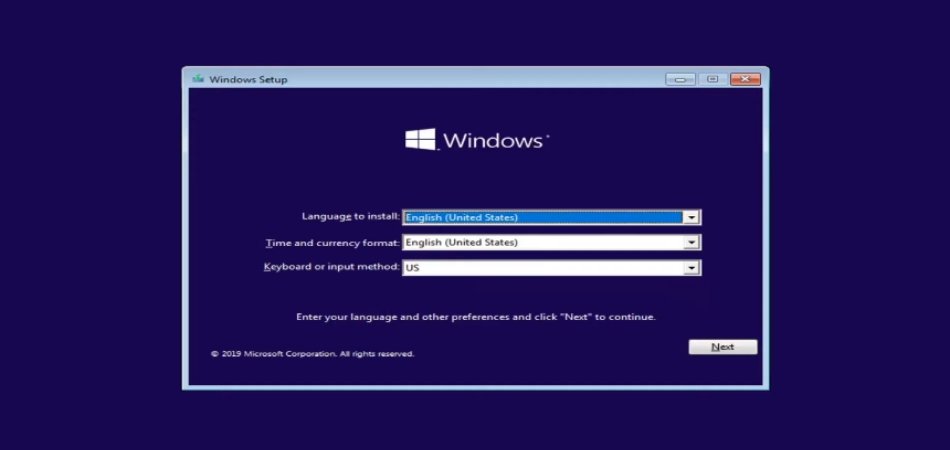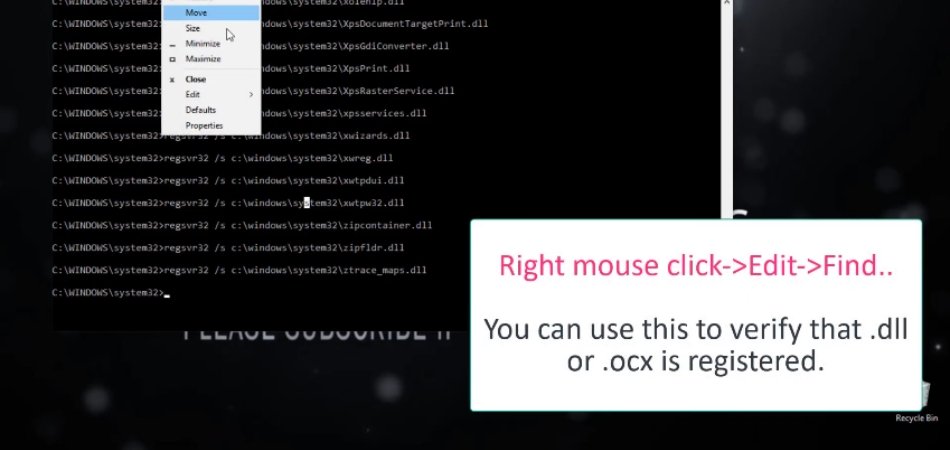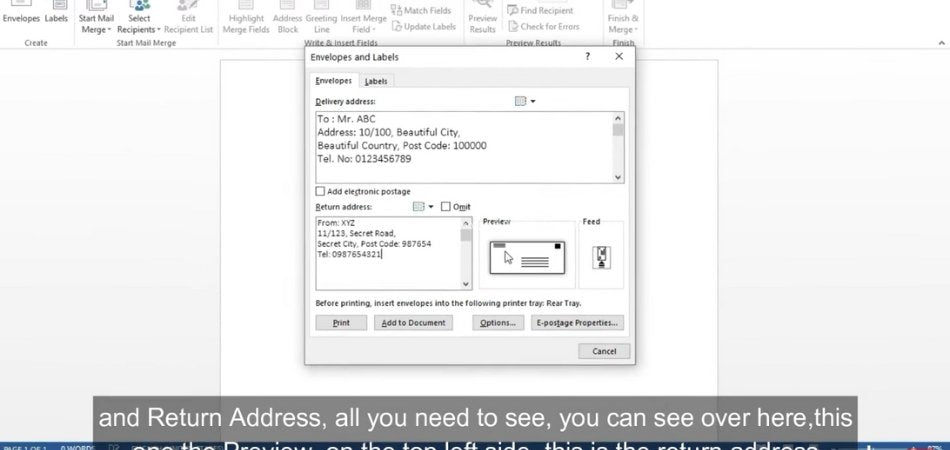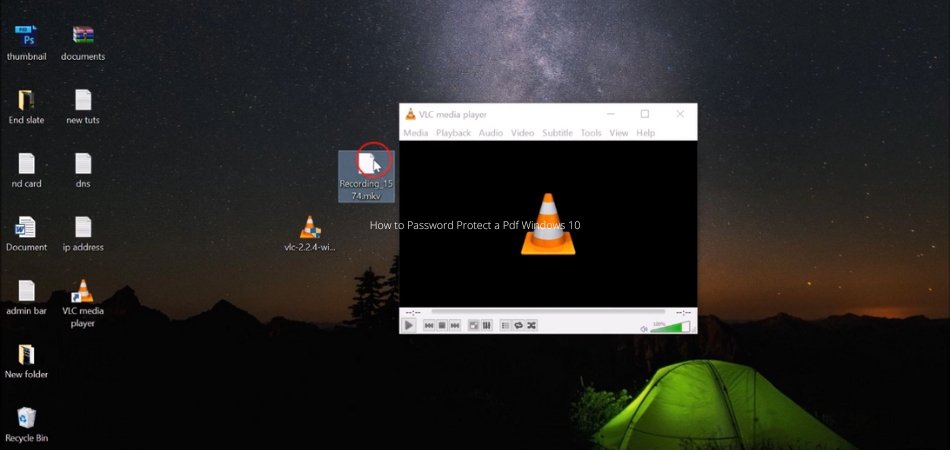
How to Move the Taskbar on Windows 11
Are you looking to customize your Windows 11 experience? If so, you've come to the right place. In this tutorial, we'll show you how to easily move the taskbar on Windows 11, giving you more control over the look and feel of your desktop. We'll take you through the simple steps you need to take to move the taskbar and make it look just the way you want it to. So let's get started!
Moving the Taskbar on Windows 11 is easy. Here's how:
- Right-click on an empty space on the desktop and select “Taskbar Settings”.
- In the new window, select “Taskbar Location on Screen”.
- Choose the new location for the taskbar.
- Click “Apply” and “OK” to save the changes.
You can also customize the taskbar size, transparency, and other options.
Moving the Taskbar on Windows 11
The taskbar is an important part of the Windows 11 operating system. It is the main area for launching and managing applications, and it is also where the system tray and quick launch bar are located. It is possible to move the taskbar in Windows 11, allowing users to customize its placement on their desktop. This article will provide a step-by-step guide on how to move the taskbar in Windows 11.

Step 1: Right-Click on the Taskbar
The first step in moving the taskbar is to right-click on it. This can be done with either the mouse or the touchpad. When the right-click menu appears, select the “Properties” option. This will open the Taskbar and Start Menu Properties window.
Unlock the Taskbar
The first thing to do in the Taskbar and Start Menu Properties window is to ensure that the taskbar is unlocked. To do this, look for the “Lock the taskbar” option, which should be unchecked. If it is checked, simply uncheck it and then click on the “Apply” button.
Enable the Taskbar Autohide Option
In order to move the taskbar, the “Auto-hide the taskbar” option must be enabled. This can be done by checking the box next to this option and then clicking on the “Apply” button. The taskbar will now be hidden, allowing it to be moved around the desktop.
Step 2: Move the Taskbar
Now that the taskbar is unlocked and the autohide option is enabled, the taskbar can be moved. To do this, simply click on the taskbar and then hold down the left mouse button while dragging the taskbar to the desired location. The taskbar can be placed anywhere on the desktop, including the top, bottom, left, or right.
Resize the Taskbar
The taskbar can also be resized by clicking and dragging the edges of the taskbar. This is particularly useful if the taskbar is located at the bottom of the screen and the user wants to make it smaller to make room for more applications.
Lock the Taskbar
Once the taskbar is moved and resized to the desired location, it can be locked in place by checking the “Lock the taskbar” option in the Taskbar and Start Menu Properties window and then clicking on the “Apply” button. This will ensure that the taskbar remains in its new position.
Conclusion
Moving the taskbar in Windows 11 is a simple process, and it can be done in just a few steps. By following the steps outlined in this article, users can customize the location of the taskbar to better suit their needs.
Few Frequently Asked Questions
What is the Taskbar?
The Taskbar is a bar that appears along the bottom of the Windows 11 desktop. It holds shortcuts to your most commonly used applications, the Start menu, the Action Center, and the system tray. It can also be used to access open windows, switch between virtual desktops, and pin frequently used items.
How do I move the Taskbar?
To move the taskbar in Windows 11, you need to open the Taskbar Settings window. You can do this by right-clicking on the Taskbar, then selecting “Taskbar Settings” from the menu that appears. Once the Taskbar Settings window is open, you will see an option to move the Taskbar to the left, right, or top of your screen. Simply click the option you want and the taskbar will move accordingly.
Can I lock the Taskbar?
Yes, you can lock the Taskbar in Windows 11. To do this, open the Taskbar Settings window by right-clicking on the Taskbar and selecting “Taskbar Settings” from the menu that appears. Then, look for the “Lock the Taskbar” checkbox and click it to enable the feature. This will prevent the Taskbar from being accidentally moved.
How do I resize the Taskbar?
To resize the Taskbar in Windows 11, you need to open the Taskbar Settings window. You can do this by right-clicking on the Taskbar, then selecting “Taskbar Settings” from the menu that appears. Once the Taskbar Settings window is open, you will see an option to resize the Taskbar. Simply click the option and drag the slider to the desired size.
What is the difference between hiding and removing the Taskbar?
Hiding the Taskbar in Windows 11 will cause it to disappear from the desktop, but it will still be available if you move your mouse to the bottom of the screen. Removing the Taskbar will completely hide the Taskbar and all of its associated features and functions.
Can I customize the Taskbar?
Yes, you can customize the Taskbar in Windows 11. To do this, open the Taskbar Settings window by right-clicking on the Taskbar and selecting “Taskbar Settings” from the menu that appears. Then, look for the “Customize” option and click it. This will open the customization window, which will allow you to rearrange the items in the Taskbar, add new items, change the background color, and much more.
Windows 11 - Move Taskbar to Top, Left & Right Of the Screen
Moving the taskbar on Windows 11 is a simple task that can make a huge difference in your workflow. With just a few clicks of the mouse, you can make sure that your taskbar is exactly where you need it to be so you can access your most important programs and files easily. With the right know-how and a few clicks of the mouse, you can ensure that your taskbar is always in the perfect spot for your needs.

